
Discover the timeless appeal of Japan's traditional beverage, sake. Unlike many other alcoholic drinks, sake is renowned not just for its variety and depth of flavors but also for its unique approach to shelf life. This article delves into the fascinating reasons behind the absence of an expiration date on sake bottles and offers insights into how you can enjoy sake at its best, both before and after opening.
Introduction to Sake's Shelf Life
Sake, a revered traditional Japanese drink, is celebrated for its complex brewing process and the depth of flavors it offers. This rice-based beverage, steeped in centuries of history, holds a unique position in both the culinary and cultural tapestry of Japan. Unlike many beverages, sake's approach to shelf life is remarkably different, with most bottles lacking a definitive expiration date. This absence often leads to questions about how long sake retains its quality and how it should be stored and enjoyed for optimal taste.
Understanding Sake
Sake, or nihonshu as it's known in Japan, is more than just a drink; it's an art form. Brewed using fermented rice, sake's production process closely mirrors that of beer, yet its flavor profile can be as complex and varied as wine. Sake plays a pivotal role in Japanese rituals and celebrations, symbolizing purity and renewal.
The Concept of Expiration Dates
Typically, expiration dates indicate the point until which food or drinks maintain their intended quality and safety. However, sake's preservation comes from its alcohol content and brewing process, which naturally inhibit spoilage and extend its shelf life far beyond conventional beverages.
Why Sake Doesn't Have an Expiration Date
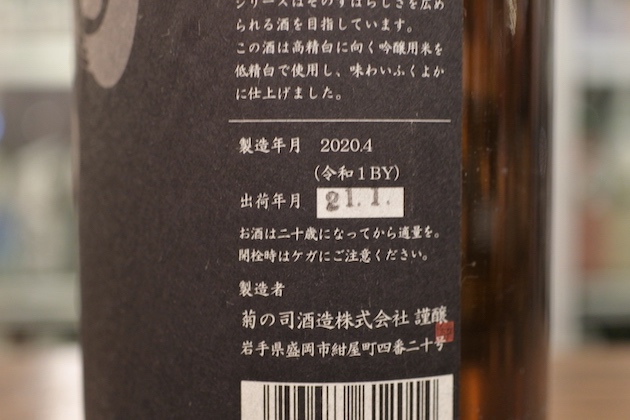
Image Via:sakestreet.com
1. Displayed Date is the Production Date
The date you often see on a bottle of sake is not an expiration date but the production date. This helps consumers gauge the freshness of the sake, which can influence its taste profile.
2. Sake Does Not Spoil
Due to its alcohol content and brewing process, sake is resistant to spoilage. It does not go bad in the way that food does, but its flavors can change over time.
Why Sake Stands Apart
Sake’s Brewing Process
The sake brewing process is intricate and labor-intensive, involving multiple steps of fermenting rice. This process, known as multiple parallel fermentation, is unique to sake and contributes to its distinctive qualities, including its extended shelf life.
Alcohol Content and Preservation
Sake's alcohol content, usually ranging between 15% to 20%, naturally preserves the beverage, allowing it to remain stable over time. This alcohol level acts as a preservative, slowing down the oxidation process and the growth of spoilage organisms.
Sake and Its Best Before Guidelines
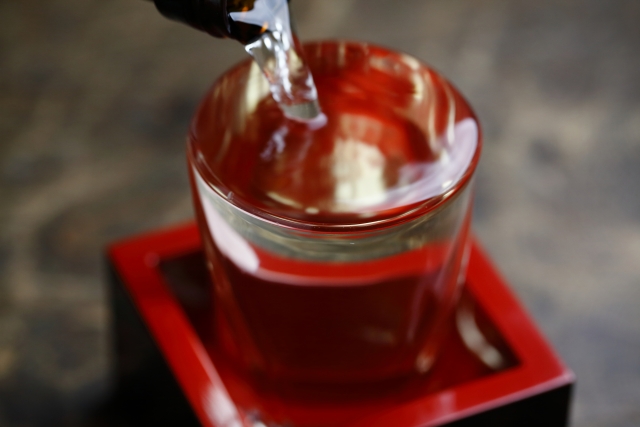
The Misconception of Expiration Dates
The concept of "best before" dates on sake bottles is more about ensuring optimal flavor rather than safety. Sake doesn't spoil in the way perishable food does but its taste can evolve, sometimes developing richer or more mellow notes over time.
How Sake Changes Over Time
Sake's flavor, aroma, and color may change as it ages, influenced by storage conditions and the specific characteristics of the brew. Some sake types, particularly those unpasteurized or intended for aging, can develop deeper, more complex profiles over time.
Storing Sake: Before and After Opening
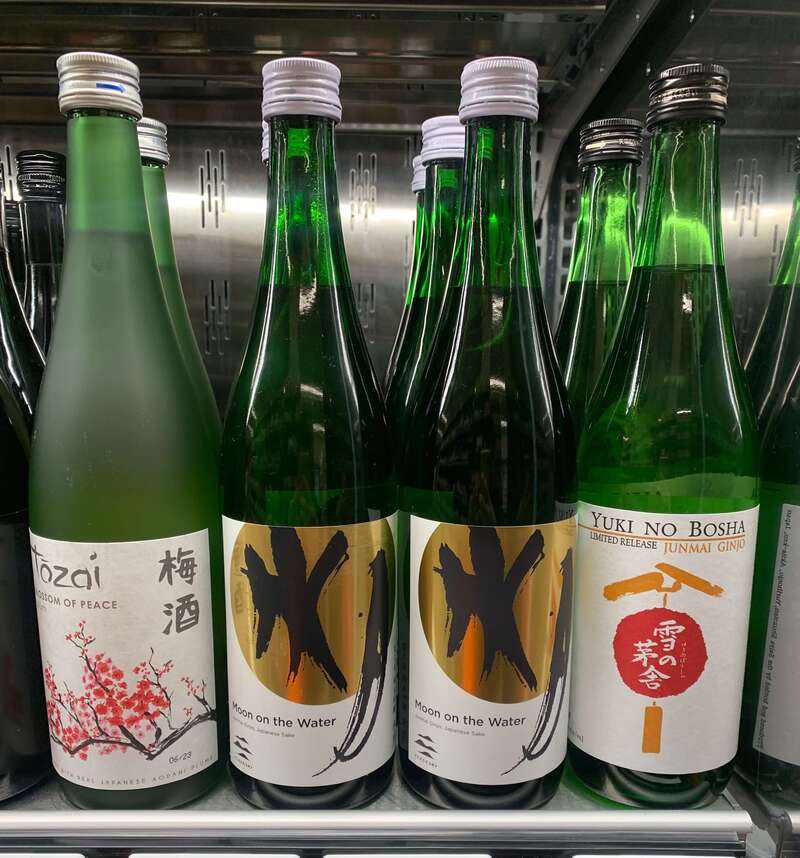
Proper storage is key to maintaining sake's quality. Before opening, sake should be kept in a cool, dark place, away from direct sunlight and fluctuating temperatures. Ideally, refrigeration can help preserve its freshness, especially for delicate varieties like namazake (unpasteurized sake). Once opened, sake should be consumed within a few hours to a few days. Sealing it tightly and refrigerating will help maintain its flavor, but it's best enjoyed sooner rather than later to capture its essence.
Before Opening
- Cool, Dark Storage: Protects sake from heat and light, which can degrade its quality.
- Refrigeration for Certain Types: Namazake and other fragile sakes benefit from colder temperatures.
After Opening
- Seal and Refrigerate: Minimizes exposure to air and slows down oxidation.
- Consume Promptly: Ensures you enjoy the sake at its best.
Sake’s Expiration: A Matter of Taste, Not Safety
Sake is more robust than it appears, with its alcohol content acting as a preservative. Unlike perishable goods, sake doesn't become unsafe to drink past a certain date but may lose some of its intended flavor characteristics. The concept of expiration in sake is more about the degradation of taste rather than a safety concern.
The Role of Pasturization
Many sakes undergo pasteurization, which helps stabilize the beverage and extend its shelf life. This process kills off bacteria and enzymes that could cause the sake to spoil, making it more shelf-stable and allowing it to retain its intended flavor profile for longer.
Tasting Aged Sake
Aged sake, or koshu, offers a completely different experience, with deeper, often nuttier or more caramel-like flavors. While not all sake is meant to age, those that do can provide a fascinating glimpse into how flavors evolve, offering a richer, more complex tasting experience.
Enjoying Sake at Its Best
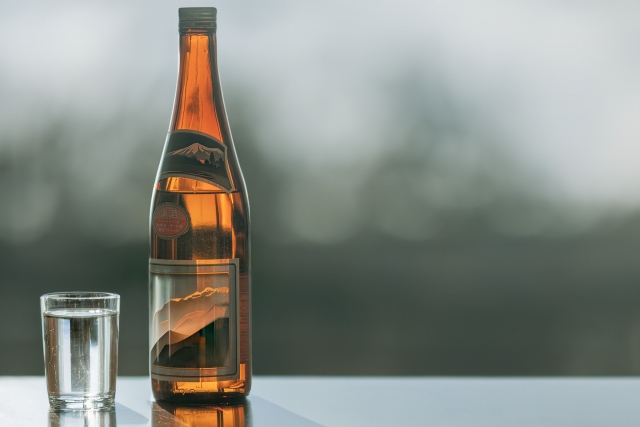
When to Drink Sake
The best time to drink sake depends on its type and your personal preference. Fresh, light styles may be best enjoyed within a year of their brewing date, while more robust or aged sakes can be savored over several years. Always check with the brewery or retailer for recommendations on peak drinking windows.
Honjozo and Futsushu: About 1 Year
For Honjozo (sake with a small amount of brewer's alcohol added) and Futsushu (standard sake), the recommended shelf life is about one year from the production date when stored properly.
Ginjo: About 8 Months
Ginjo sake, known for its delicate and fruity profile, is best enjoyed within approximately 8 months of its production date to fully appreciate its nuances.
Namazake and Namachozo: About 6 Months
Namazake (unpasteurized sake) and Namachozo (pasteurized only once before bottling) require careful handling and are best consumed within six months of production, as their fresh qualities deteriorate more quickly.
After Opening: Sake Consumption Guidelines
Once opened, sake should ideally be consumed within a few days to enjoy its optimal flavor. It should be resealed and stored in the refrigerator to slow down any changes in taste.
Signs of Deterioration
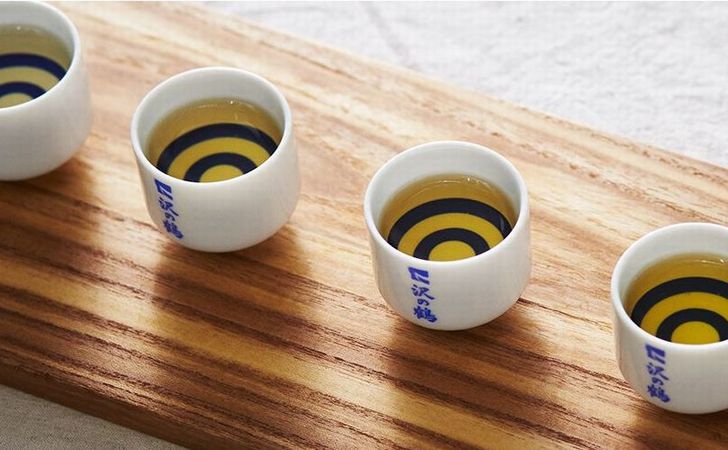
Image Via:sawanotsuru.co.jp
If sake develops an off-putting odor, becomes excessively cloudy (if not intentionally cloudy, like nigori sake), or tastes sharply sour, it may have deteriorated. While still safe to drink, it might not offer the most pleasant tasting experience.
Identifying Deteriorated Sake
1. Discoloration
A noticeable change in color to a darker shade can indicate oxidation or aging.
2. Off Odor
Any unpleasant or off odors, not typical of the sake's original bouquet, suggest deterioration.
3. Off Taste
A significant deviation from the sake's initial flavor profile, especially if it tastes sour or overly bitter, indicates that the sake may have deteriorated.
Summary: Savoring Sake’s Timeless Quality
Sake, with its lack of an expiration date, invites enthusiasts to explore a world where flavor evolves and the concept of time is as fluid as the beverage itself. By understanding how to store and savor sake, one can fully appreciate the craftsmanship and tradition that goes into every bottle. Whether you're toasting a special occasion or enjoying a quiet moment of reflection, sake offers a taste of Japan's rich cultural heritage, preserved in a bottle for you to discover.
